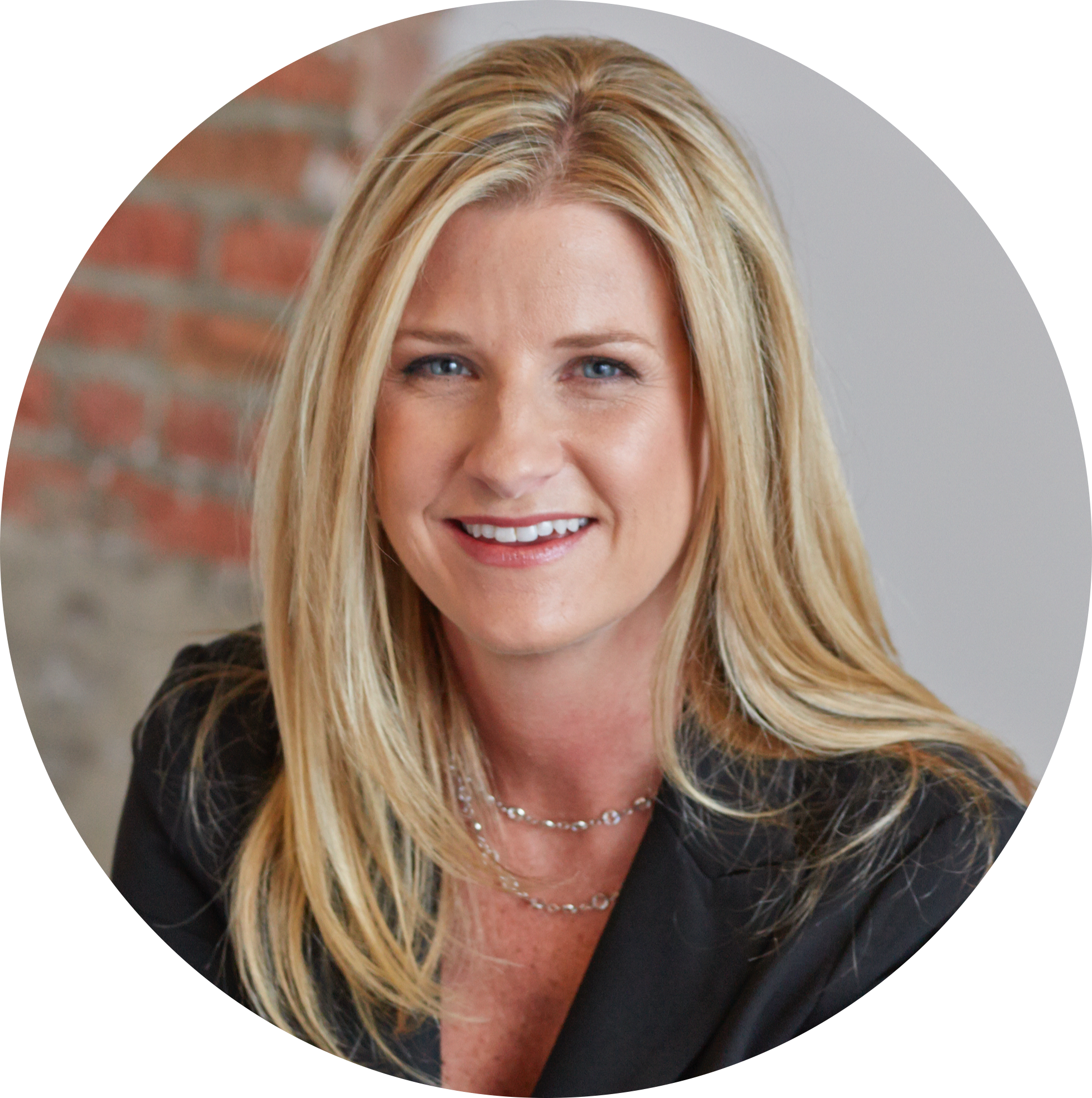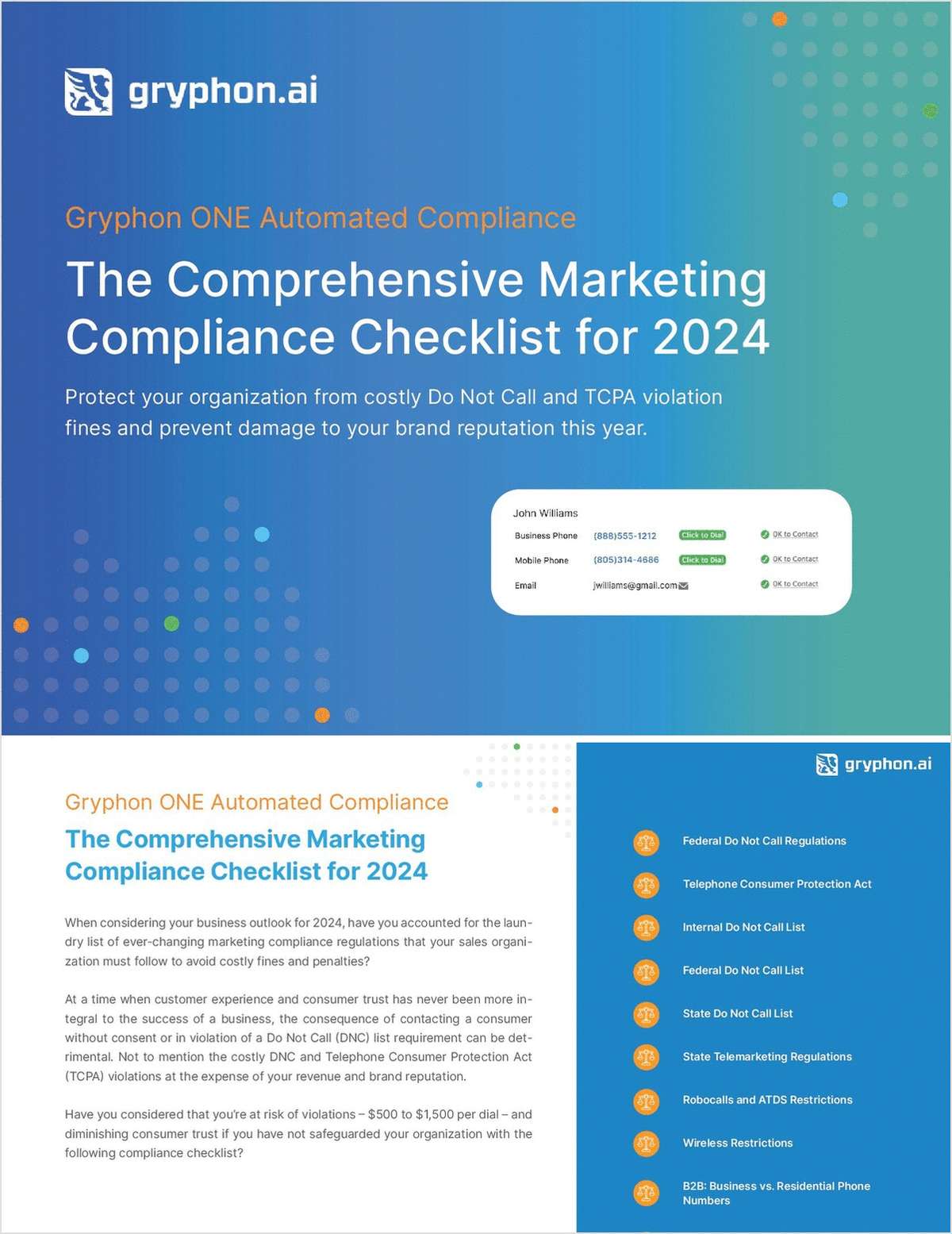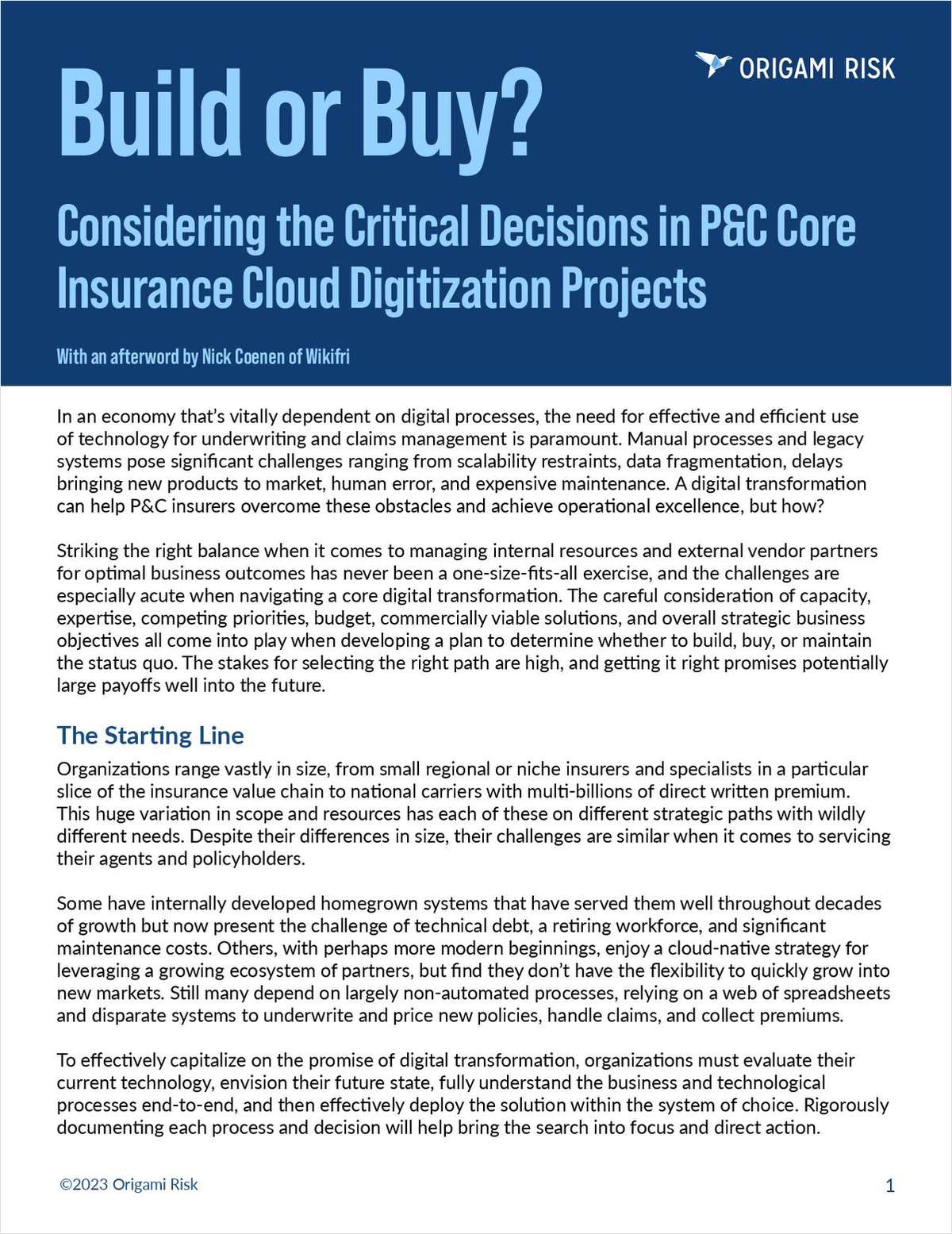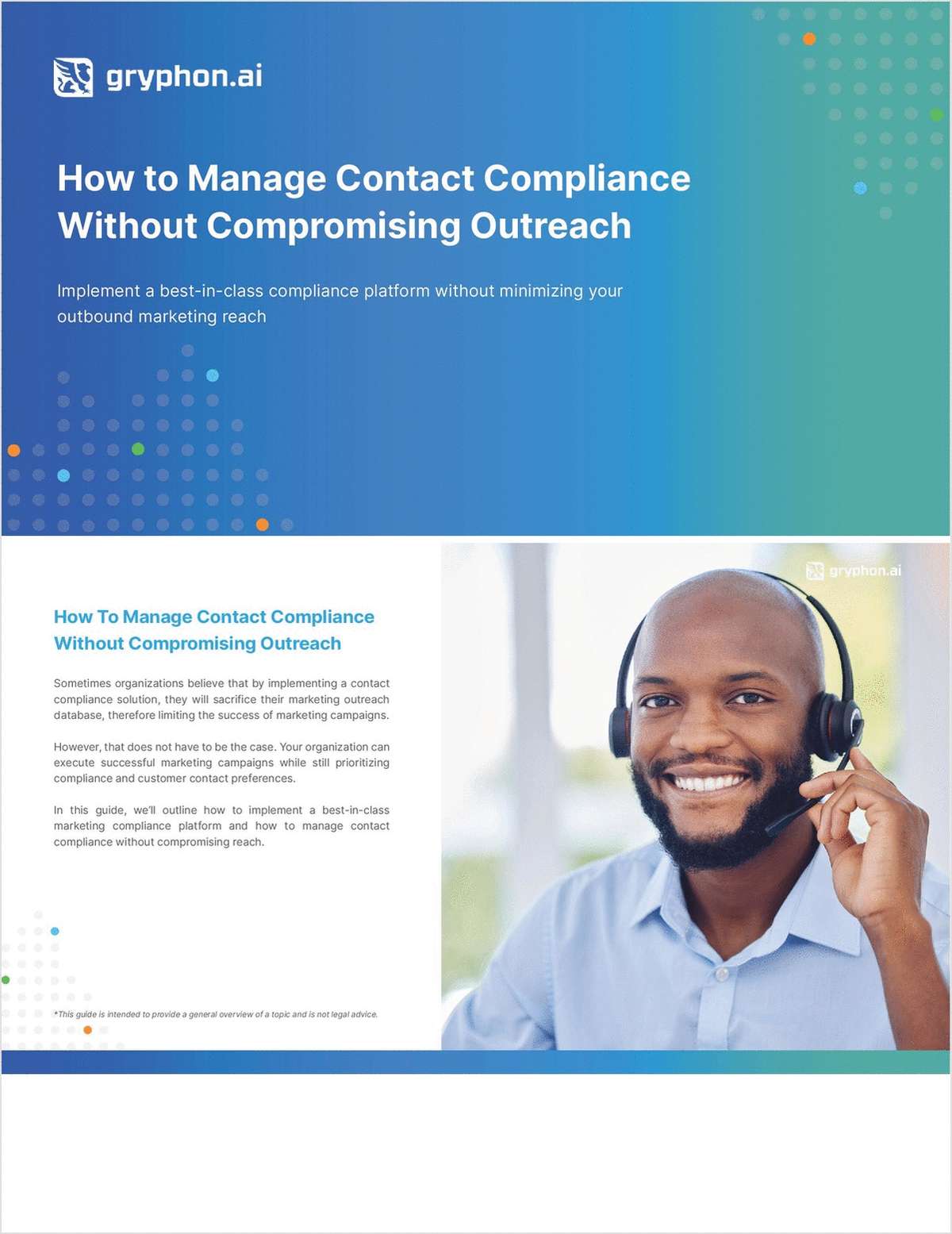
PropertyCasualty360 Marketing Blog
July 2022: Using intent-based research to succeed in a more complex B2B market
With fear of inflation and economic uncertainty potentially complicating B2B selling this summer, experts are suggesting property & casualty insurance marketers need to focus more on understanding their customers and prospects better and targeting the ones most potentially interested in what you have to sell.
That’s why even more businesses are turning to intent data research as a key part of their marketing strategy. Listed by Forbes as a top tech trend to leverage in B2B marketing this year, increasing the role of intent data in your marketing strategy will allow you to understand which companies are actively researching topics related to your solution and allow you to target the companies that are most likely to buy your products.
Implementing intent-based research has been proven to increase close rates and sales. Gartner reports that respondents using first-party, second-party and third-party intent data are 2.9x as likely to have a conversion rate of 10% or higher. This higher conversion rate has also allowed “99% of businesses who have invested in intent data to see a sales/ROI increase.”
PropertyCasualty360’s ABM/Activate capability uses an AI-based purchase engine that analyzes how customers interact with content on more than 7,000 topics. Then compiling this information, the program ranks possible leads with an easy-to-understand surge score indicating buyer intent.
We use a multi-channel strategy to message and drive key account leads, including display advertising, guaranteed key account lead generation, and co-branded emails.If you’d like more information about our AI-driven intent capabilities, please contact me at [email protected].
Trends Property & Casualty Insurance Marketers Need to Know
- We will continue to watch usage-based insurance. Conversations with multiple insurers indicate that this trend is here to stay, and they expect its application to increase.
- Technology continues to play an important role in all aspects of the insurance ecosystem. This ranges from purchasing insurance to claims and payments. Speaking of “ecosystems,” as more non-insurance companies such as Tesla or AirBnB find ways to sell insurance, our readers want to know about it.
- While articles on ESG have not performed well on our website, the topic is gaining traction in the P&C insurance space as carriers focus on their carbon footprint and becoming more environmentally sustainable and responsible.
- With hurricane season underway and the recent NOAA prediction that 2022 is likely to be an above-average year for weather-related losses, insurers, agents and brokers are waiting with bated breath for the Next Great Storm while also engaged in an ongoing effort to educate insureds about weather risk and insurance-coverage needs. Spring has seen an uptick in contributor articles about flood insurance, hurricane loss mitigation, and efforts within the insurance industry to address climate change-related exposures.









